Week Six: September 29 - October 5
Monday was prac again, with an even better salamander haul - 33! Thankfully, the bulk of them were recaptures.
On Tuesday, we had our mock city planning council meeting. The topic was the development of a shopping center, park, and hotel on the plot of land right by exit 13 off of 66 - the one across from the Exxon gas station and the commuter parking lot. Since no one else had volunteered for the dubious honor of representing GreenGrass, LLC (the developers who owned the land) in their request for permission to start development, I wound up doing it. I think I did a pretty good job presenting, all things considered, and most of the "community members" were in agreement that the economic benefits of the shopping center would outweigh the ecological costs. If it weren't for L doing their research and finding the report on water usage, which contained one little paragraph with one little issue - the fact that there was no way the groundwater in the area could accomodate the water demands of a strip mall and 2-story hotel, equal to something like 180 single-family homes - then I think the ruling would have been in my favor. As it was, they pretty much just postponed the issue until a later date, which is exactly what's been happening with the real development for almost 20 years. Frankly, I don't think that area is one that's worth developing. The location is terrible for construction, with the exit onto 66 being as messy as it is, and the wetland that runs through it would be hard to properly conserve with the level of development proposed. Staying in bureaucracy limbo forever isn't the worst fate for that land, I suppose.
The rest of the day was a lecture on the basics of climate change to prep us for our trip on Wednesday.
At the far too early hour of 7 AM on Wednesday, we all piled into one of the vans and left for the Smithsonian Ecological Research Center in Maryland. It took us about 2 hours to get there, which wasn't really that bad, considering we went around DC. From there, we got to see their visitor center (they do a lot more public outreach than SCBI does, since they don't really have any animals in their collection that they need to worry about) and their docks, before we realized we were at the wrong place. We made it to the labs with plenty of time to spare, though.

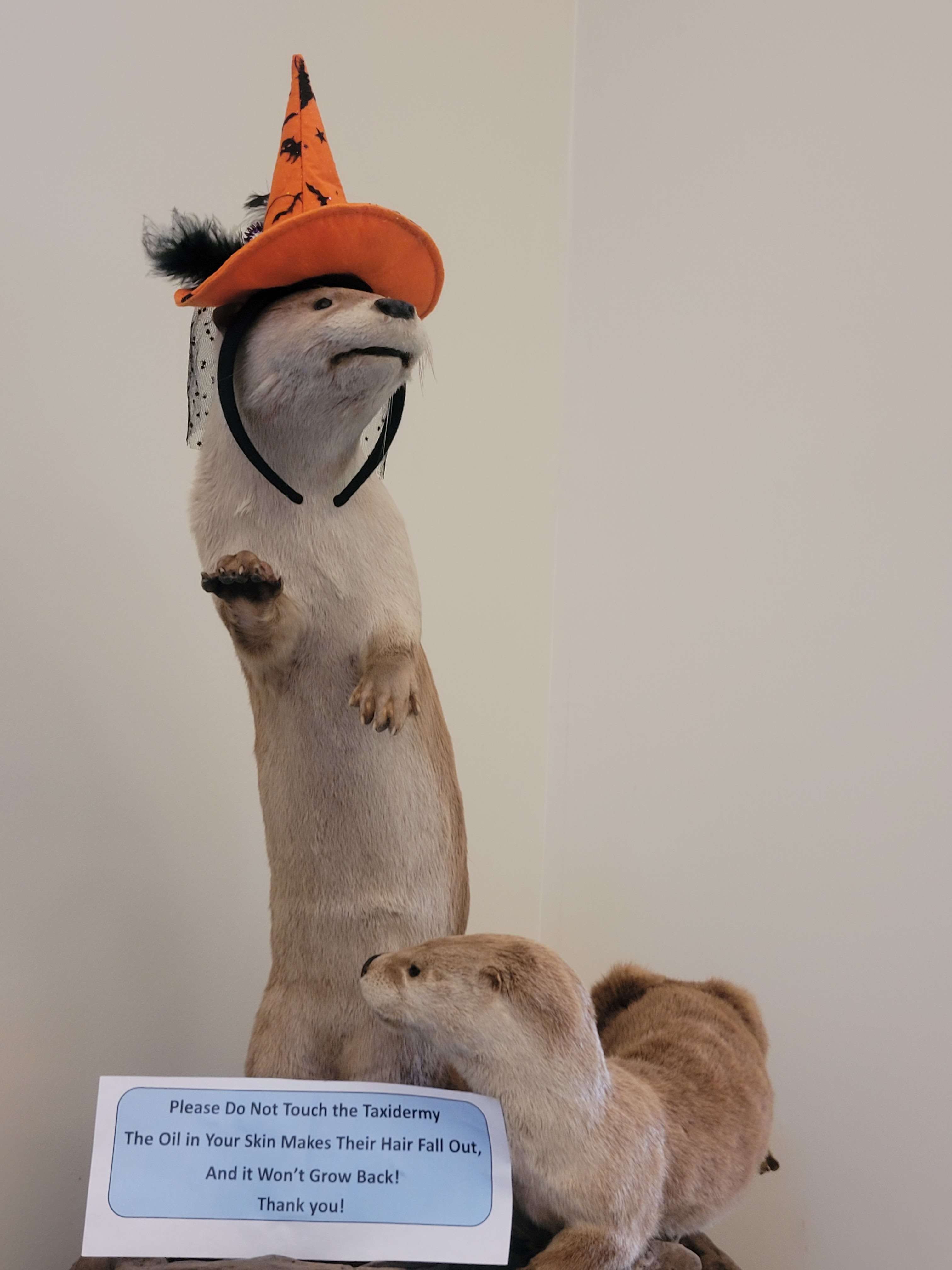
First on our proper tour (lead by Kristen Goodhue) was the coastal disease ecology lab, which was so cool. The lead researcher there, Dr. Katrina Lohan, has been working with oysters for disease filtration in the water and parasites in otter feces for... something I can't recall the exact purpose of, but it was pretty neat to learn about. Then we headed to the fisheries conservation lab to meet Kim Richie, who mostly works on tracking various fish. She helped to organize a whole network of datasets up and down the East Coast (and beyond!) so that scientists could see the full extent of where their tracked fish were going. It was kind of funny to see how different aquatic tracking is from the terrestrial radio telemetry work we did last week - I guess you can't really track a fish just by wandering around and following the beeps! After that was the ocean acidification lab with Amanda Reynolds, where we got to see all the cool contraptions they build there to help measure dissolved CO2 in the water directly. That lab was probably the most interdisciplinary of the ones we saw; it had chemistry, engineering, and ecology all working together to help measure how CO2 fluctuates over time in an estuarine environment.
After lunch, we were off to see the BiodiversiTree plots and meet Dr Cathy Fahey, who was probably my favorite of the scientists we met on the trip. She's a soil scientist and mycologist who's done work all over the world, and I absolutely loved getting to hear about the different mycological implications of the BiodiversiTree project. Then Kristen took us to see the Tempest project, where they flood patches of forest with 80,000 gallons of water per day once per year (1 day the first year, 2 days the second, etc) to see how increased sea levels and flood rates will impact the health of the forest. Seeing all the trees in the saltwater plot already beginning to senesce after only 4 years of treatment was surreal! Finally, we got to see SERC's big claim to fame: the research wetland! There's a variety of different research projects happening there, but the biggest one is the 30-year long study of how increased CO2 levels in the air will impact wetland growth. They also study the impacts of nitrogen pollution, increased methane, and the introduction of invasive wetland grasses. In addition to all the cool science, there were some absolutely fabulous spiders hanging out among the sedges!
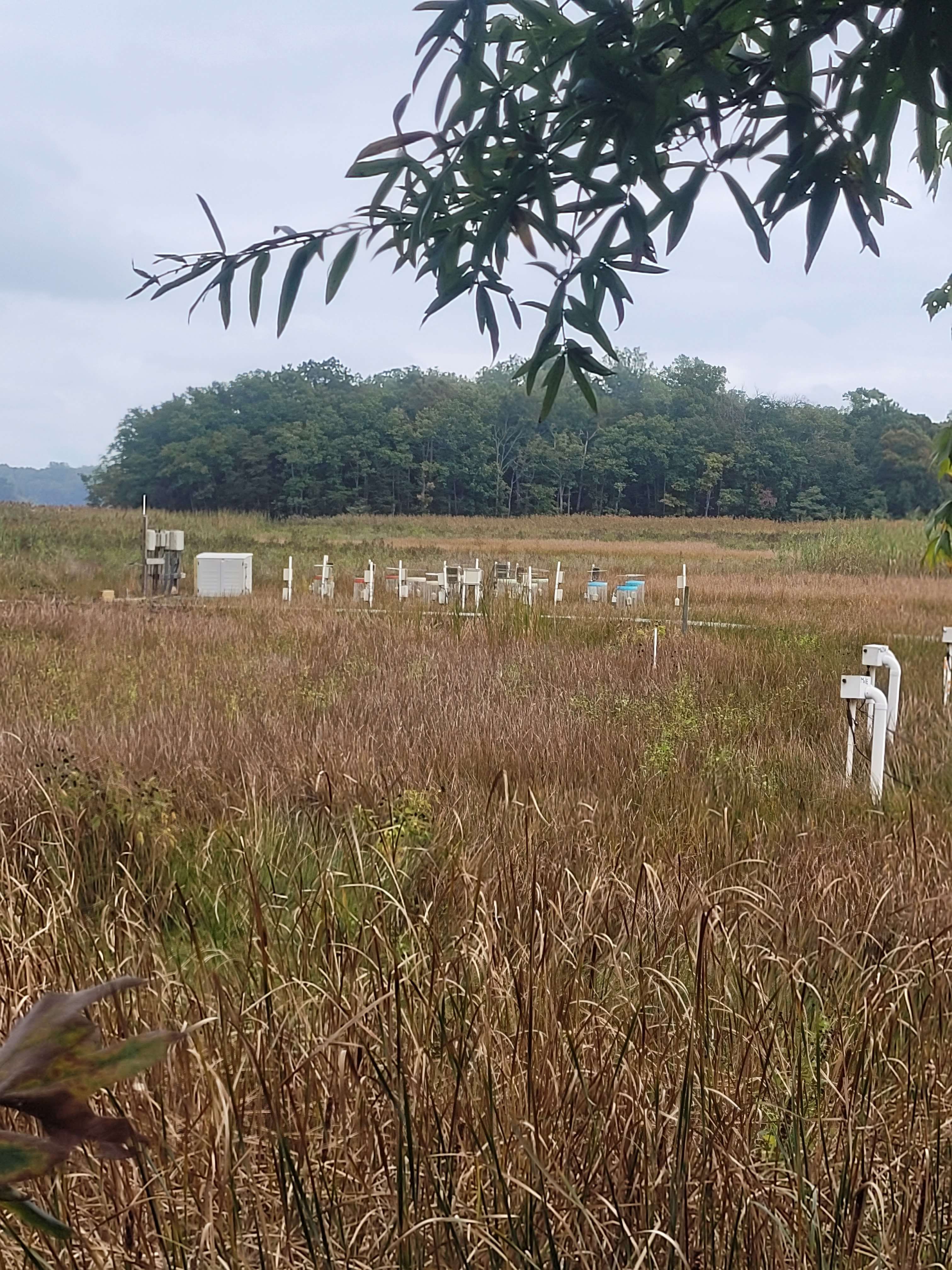
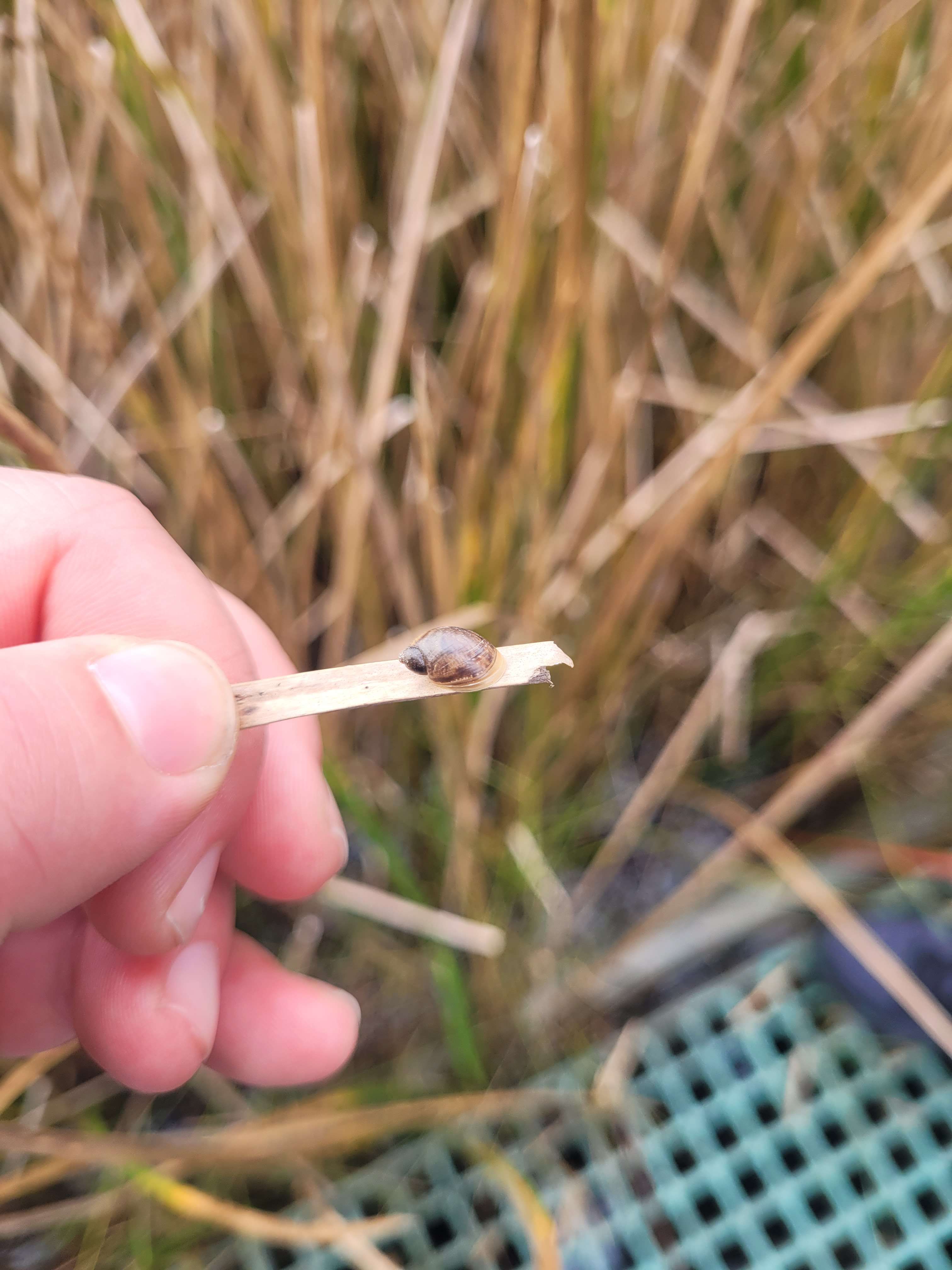

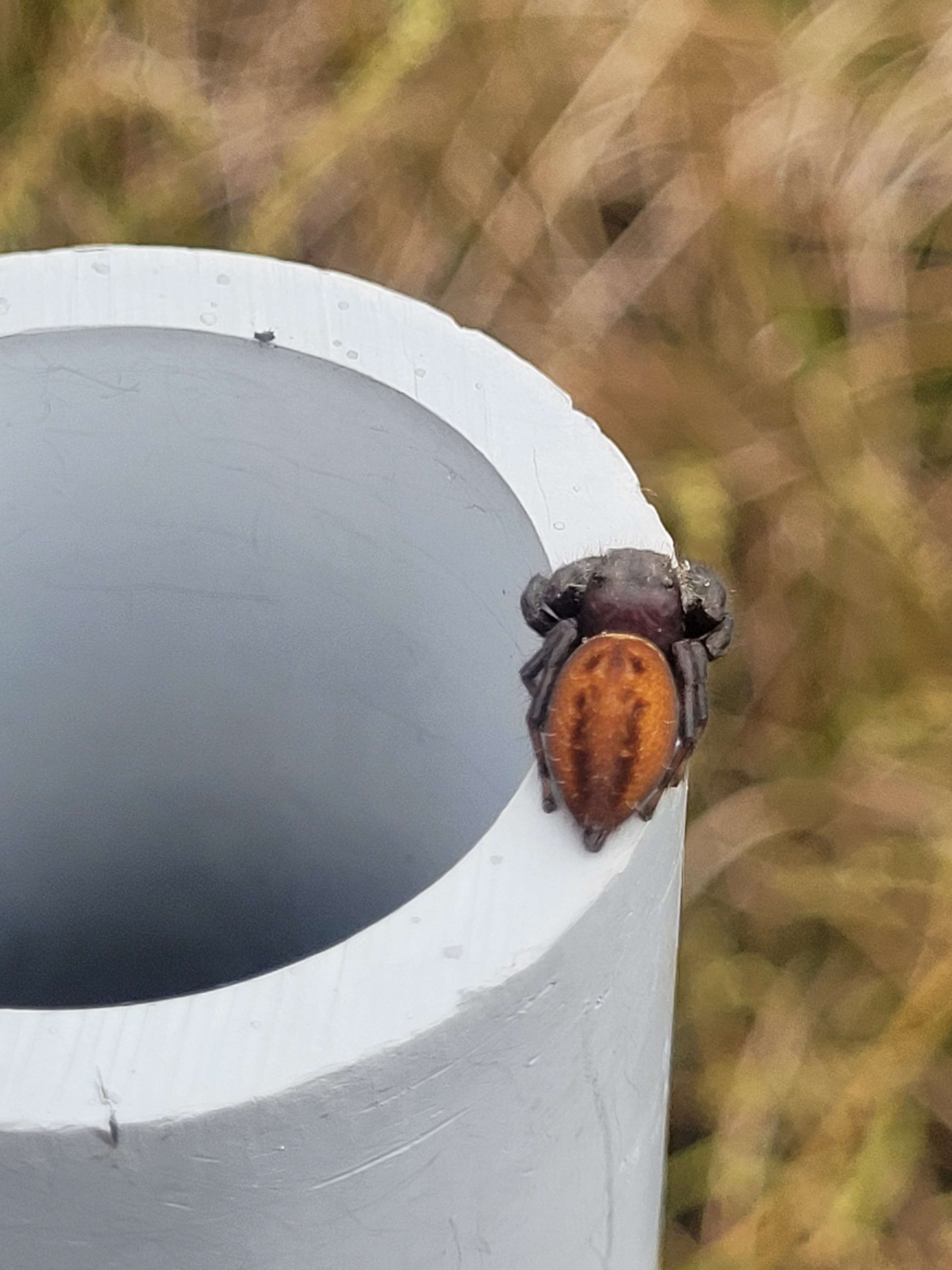
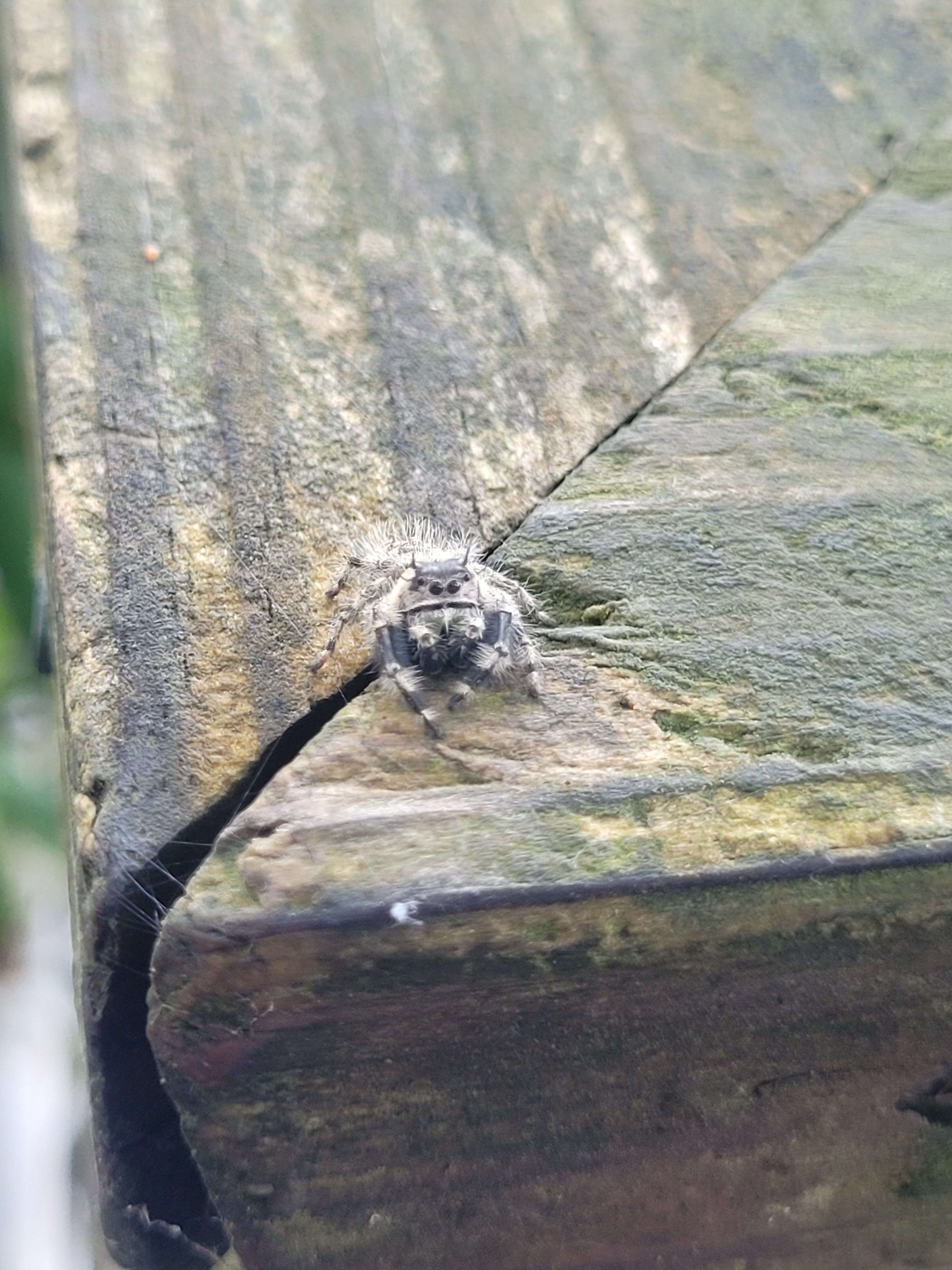
SERC has lots of internship opportunities, including ones focused on scientific communication since they do a lot of outreach. I think I'll try to apply for some of them for this summer, since they're all paid! Even if I wound up doing one like the BiodiversiTree internship, which is mostly measuring the trees, I think I'd be pretty happy getting the experience and making those connections. Also, it was really nice that most of the people we talked to weren't PhDs. Dr. Lohan even specifically told us not to bother getting a doctorate unless we wanted to run a lab! I'm still not sure what I want to do with regards to grad school, so it's reassurring to know that even without a PhD, I could be making major contributions to some really cool science.
On Thursday, we did a debrief from the SERC trip, talking about all the different projects and what we thought about them. Then we talked with Will Hackman (from the round table back in week 2) about climate change communication. He had some really interesting ideas about how the climate change narrative should look to actually make a difference - less focus on the abstract concept of the environment, more on the ways that it has personally negatively impacted people. Which all makes sense, and I agree with a lot of it, but it was definitely a bit jarring to hear him say it so bluntly. That's not to say he wasn't optimistic, though. He had some great stories about getting involved on a local scale to make state- or even nation-wide changes. He also suggested some Katharine Hayhoe (Saving Us, specifically) for me to read, which I definitely will be doing - I loved getting to read some of her work for my Responses to Climate Change Honors College class last fall, and I think she's got some great insights into how people actually respond to criticisms of their core beliefs. It's a really important thing to understand if you want to talk to people about controversial topics, and I also admire her writing style.
Friday started off with our journal club, this time discussing the Half Earth concept; essentially, the idea that half of the Earth should be set aside for conservation. This one was a really passionate discussion, but not because we disagreed with each other. Mostly, we were poking holes in the practicality of the concept as a whole - the difficulty in determining which bits should be in which half (I had a bone to pick with the paper calling deserts 'low biodiversity areas'), the sociopolitical mess of trying to manage all of that land, the sheer amount of resources that would be required, the dubious impact it would have on actually helping conservation, the changes to agriculture it would necessitate, and the pushback it would inevitably garner from the public. While I like the simplicity of the concept in an abstract sense as a goal, I really don't think it would work as a single, overarching project with international power. All in all, it was an interesting conversation, though.
The rest of the day was spent learning about watershed ecology and hydrology. I finally, at the age of 20, learned what the heck a water table is and why it matters! And other things, too, but that was honestly the most exciting one. A lot of what we learned was kind of intuitive, too. It makes sense that a stream with a steep, narrow bed would flow faster during a storm than a shallow one, and it makes sense that organisms would prefer to live in the shallower one because it's less chaotic. When we were talking about levees and other man-made management practices, Jim said something that really stuck out to me: if you're going to manage an area, you're going to have to manage it forever. Once you've decided to get involved and force the ecosystem to exist in a certain way, you have to keep making it exist that way, because it won't do it by itself.
It really made me think about management practices. Building sustainable populations of native species is generally the goal, with the idea being that once you've got those populations to a stable level, they'll stay like that and you can step back and let them do their thing. But... how true is that, really? Even with our success stories for conservation, like wolves in Yellowstone, we still monitor that ecosystem. Sure, the wolves have helped, but they haven't fixed everything, and we still have to manage that area for other factors - many of which are influenced in new ways by the wolves. And so many re-introduction or restoration programs aren't yet in that idealized end state where the populations are all balanced, and so they just keep requiring management. Even with something as simple as invasives removal, it feels like an uphill battle once they're established somewhere. I think part of the fantasy of Half Earth is that once you set aside half of the world, it'll sort itself out and return to some perfect state of nature where humans don't have to manage it anymore. But that's just not how things work. Even if we could separate humans from the environment that we have spent our whole existence as a species interacting with, on some level, humanity has already committed itself to managing the world. We've altered those ecosystems, and now we have to decide what we want them to look like, and how we're going to make that happen.